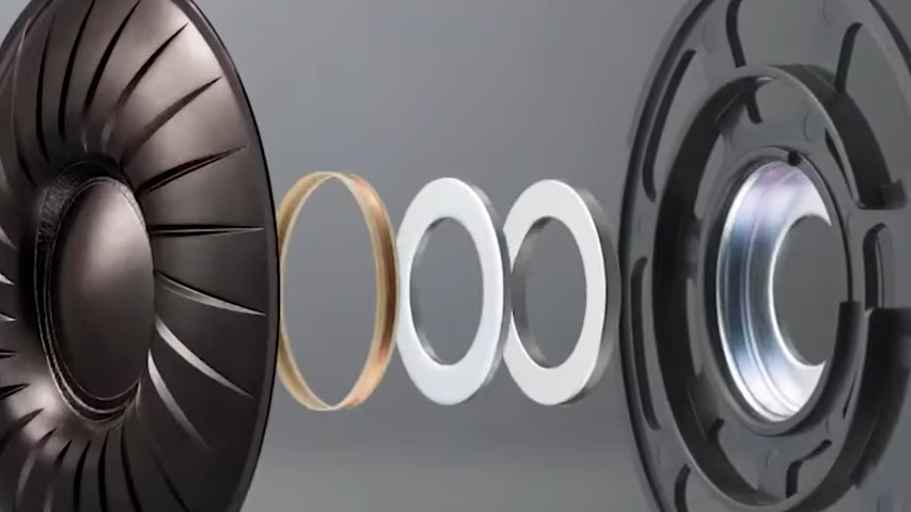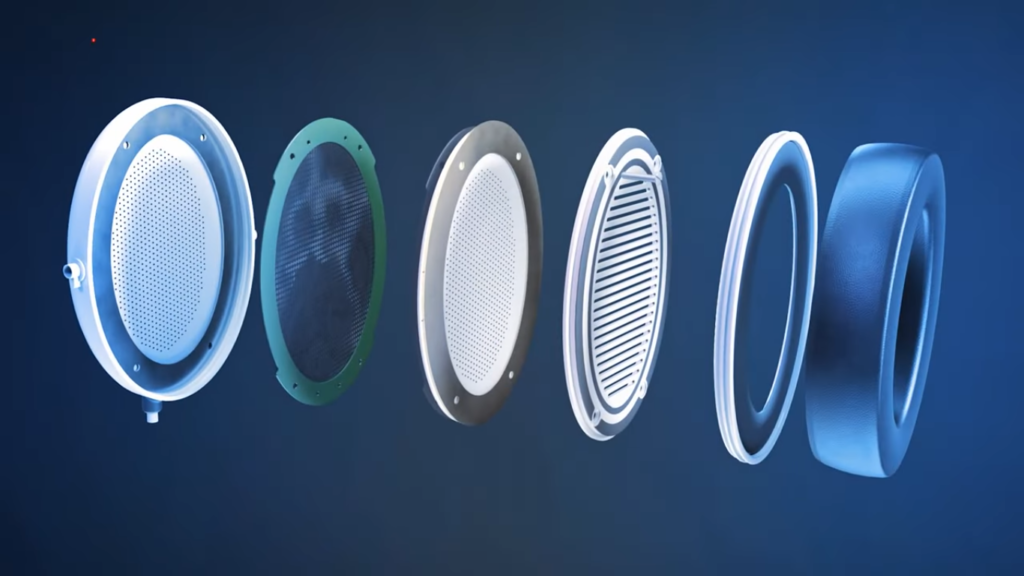Ever been curious about how your headphones work? Or are you like 90% of the population who just hit play and enjoy music? The inquisitive minds wonder what invisible force is behind their favorite symphony. Today is the day we uncover the truth in this comprehensive yet easy-to-understand guide about How Do Headphones Use Electromagnets.
The truth is electromagnets! Headphones use electromagnets as an integral part of their driver assembly. The components of driver assembly work together to produce your favorite melodies with just a single click of the play button. Every headphone uses this basic process of physics called electromagnetism.
From a low-budget option to high-end headphones, all use electromagnets a.k.a voice coils at their core. This building block of headphones converts silent audio signals into immersive music without which life would be a mistake, as Friedrich Nietzsche said in his book “Twilight of the Idols”
Still confused? Then, let’s break it down even more to understand the importance of electromagnets in headphone manufacturing, and how electromagnets are used in different types of drivers.

How Do Headphones Use Electromagnets?
The moment you hit “play” on your device, the following process of music production starts:
- Every music/ song has its unique audio signature. This audio signature passes through the voice coil as an electric signal. A voice coil is a tightly wound wire in the driver that acts as an electromagnet.
When audio current passes through this coil it produces a magnetic field around it. This magnetic field is not static but dynamic, it changes accordingly with the current flowing through the voice coil.

- Now, the second component of the driver, a fixed permanent magnet, becomes active in the process. The dynamic shifts in the voice coil’s magnetic field, interact with the magnetic field of fixed magnet.
This interaction of two different kinds of magnets depends on the direction of the electric current. The electromagnet and permanent magnet either attract each other or repel each other. This push and pull results in the rapid back-and-forth motion of the voice coil.

Permanent Magnet
- Now it’s time for the third component to play its part. The third component of the driver is the Diaphragm. It is attached to the voice coil. So that the rapidly moving voice coil also stirs motion in the diaphragm.
When this diaphragm moves, a pool of air pressure waves is generated. These airwaves travel inside a human ear and then to the mind, and are interpreted by our mind as music. The pitch and loudness of music depend on the frequency and intensity with which the diaphragm vibrates.
Diaphragm
This simple yet magnificent process occurs incredibly fast while accurately reproducing the full range of melodies and symphonies.
Headphone Drivers Employing Electromagnets Differently
Now that you have understood the mechanism of sound production in headphones, let’s dig a bit deeper into the science of music production. The next section discusses how drivers use electromagnets to maximize their music output.
Moving-Coil in Dynamic Drivers:
The cost-effective and efficient Dynamic drivers are present in nearly every standard headphone.
In Dynamic Driver, the voice coil is suspended in a magnetic field, the process is the exact as elaborated above. Despite being a standard type, these drivers produce decent sound across frequencies.
Dynamic drivers produce a rich base and a warm tone of music. Yet, with higher frequency notes, there might be harmonic distortion.

Planar Magnetic Drivers:
The electromagnetic setup is different in Planar magnetic drivers. Instead of using a voice coil, the wires are embedded in the diaphragm which conducts the electric current of sound signature. Around this diaphragm are two two magnets.
The diaphragm moves between these two magnets to produce airwaves. The sound produced is more precise and accurate than dynamic drivers in high frequencies. Due to their precise audio output, these drivers are preferred by audiophiles and professionals.
Note: The headphones employing this process are costly compared to headphones with dynamic drivers

Conclusion
Electromagnets act as the backbone of headphones to produce quality music. The size, material, and placement of electromagnets inside the driver, all contribute to the audio output of headphones.
With a better understanding of how headphones use electromagnets to produce sound, consider paying attention to the type of electromagnet your next headphone might have. For budget-friendly options consider headphones with Dynamic Drivers. If you value precise music at higher notes, consider headphones with Planar Magnetic Drivers.
Frequently Asked Questions (FAQs)
What materials are used to make voice coils?
Most voice coils are made of aluminum and copper. Copper is efficient in signal transmission while aluminum is light in weight. There are also hybrid voice coils made of Copper-Clad Aluminum Wire (CCAW). These hybrid voice coils balance the properties of both copper and aluminum.
Why are dynamic drivers commonly used in headphones?
Dynamic drivers are commonly used in headphones due to their efficient sound output. Dynamic drivers are preferred in headphones for their broad frequency response to music. They are also cost-effective compared to other available options.
Why are there magnets in headphones?
Headphones use magnets in them so that their drivers function properly. Drivers in headphones use a magnetic field of magnets to produce sound waves by converting electrical signals into music.

I am Michael a Texas-based recording engineer and sound enthusiast. I contribute to Headphones Pedia’s efforts to educate readers about intriguing new devices and other audio-related issues by drawing on their experience working on several sound projects. I also use AI tools to assist with content creation.




